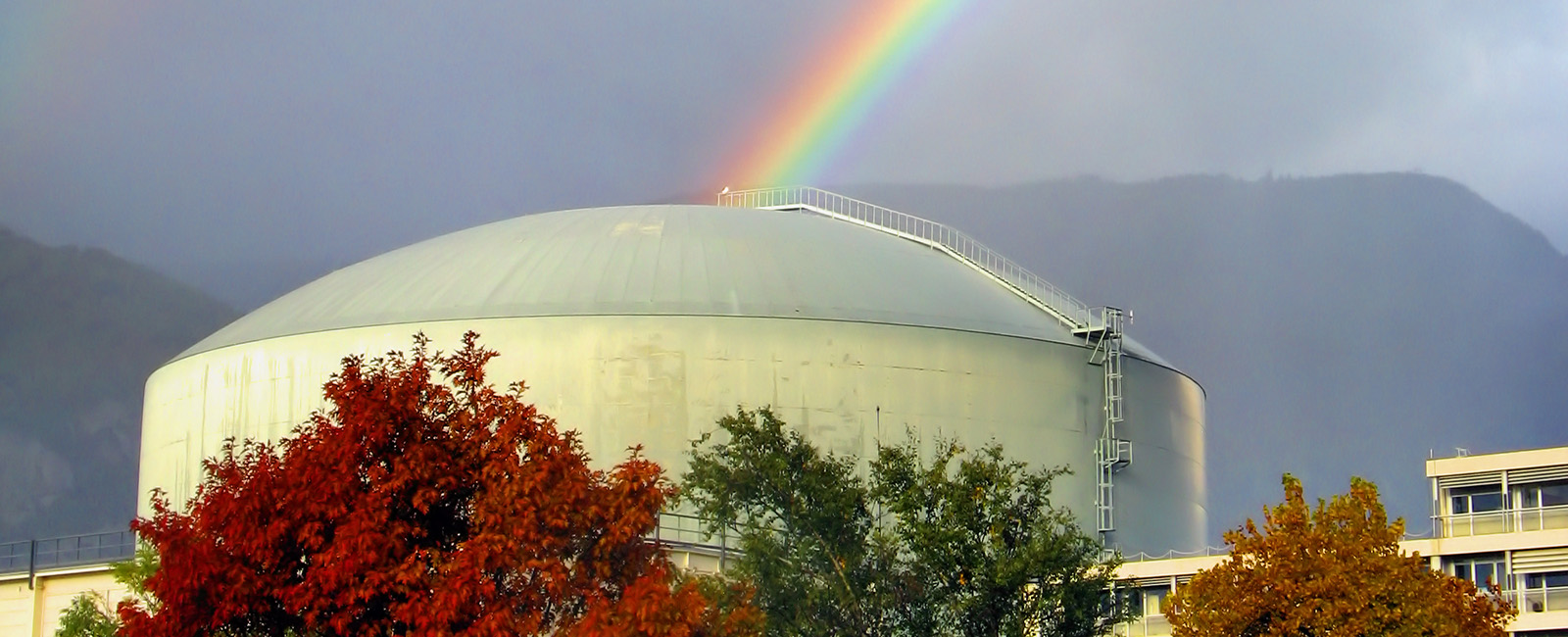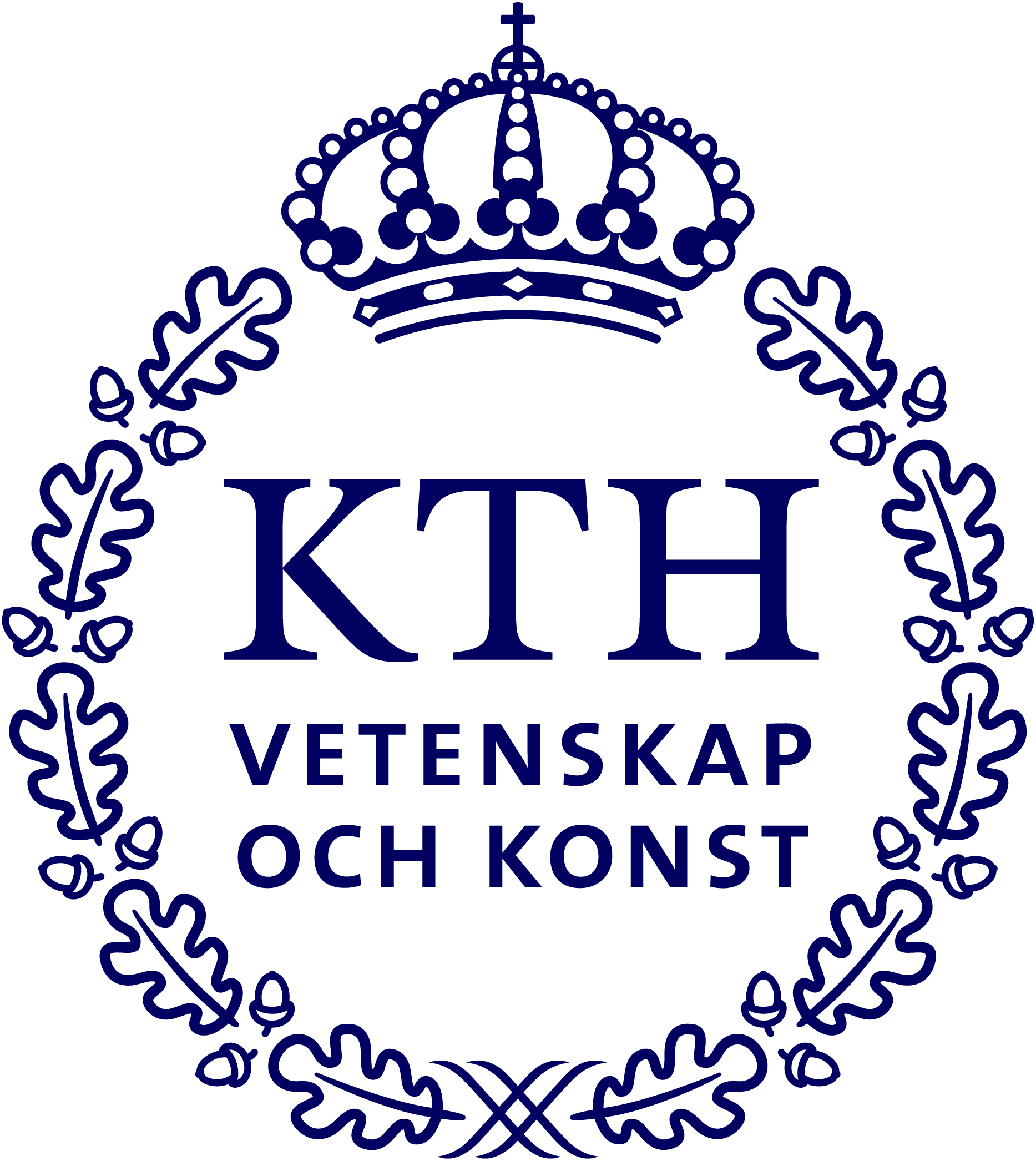The Large-scale Facility Toolbox

Large-scale research infrastructures (LSRIs) are advanced, centralized facilities that provide unique capabilities and instrumentation beyond the reach of conventional laboratory setups. They are designed to support cutting-edge scientific research across disciplines, often involving international collaborations and serving broad user communities. Among the most prominent types of LSRIs in physical and materials sciences are synchrotron X-ray facilities, free-electron lasers (FELs), neutron scattering facilities, and muon spin rotation (µSR) sources.
The Large-scale research infrastructures form a cornerstone of modern experimental science, offering complementary and often synergistic insights into the fundamental properties and dynamic behavior of matter. Their continued development and accessibility are essential for driving innovation in science and technology.
Synchrotrons
Synchrotron X-ray facilities produce extremely bright, tunable beams of X-rays by accelerating electrons in circular storage rings. These X-rays are used in a wide range of techniques, including diffraction, spectroscopy, imaging, and scattering, to probe the structural, electronic, and chemical properties of materials with atomic-scale precision. They are indispensable in fields such as materials science, biology, chemistry, and environmental science.
Free-electron lasers
Free-electron lasers (FELs) generate ultra-intense, femtosecond pulses of coherent X-rays using high-energy electron beams passed through undulators. FELs enable time-resolved studies of ultrafast processes, such as chemical reactions and phase transitions, offering temporal and spatial resolution beyond the capabilities of synchrotrons. FELs are critical in structural biology, ultrafast chemistry, and quantum materials research.
Neutron scattering facilities
Neutron scattering facilities produce beams of neutrons through nuclear reactors or spallation sources. Neutron techniques such as diffraction, spectroscopy, and imaging are particularly valuable for studying magnetic structures, soft matter, hydrogen-containing materials, and bulk properties due to the neutron’s deep penetration and sensitivity to light elements. Neutron scattering is widely used in condensed matter physics, energy materials, and polymer science.
Muon spin rotation sources
Muon spin rotation (µSR) sources use polarized muons as local magnetic probes to investigate the magnetic and electronic environments within materials. By tracking the evolution of muon spin polarization over time, researchers gain insight into weak or fluctuating magnetic fields, superconductivity, spin dynamics, and diffusion processes. µSR is especially powerful for studying quantum materials and magnetic phenomena at the microscopic level.
Swedish large-scale research infrastructures
Sweden is home to two internationally significant large-scale research infrastructures: the MAX IV Laboratory and European Spallation Source (ESS). Both facilities are located in Lund, only a few hundred meters apart. ESS is co-hosted by Sweden and Denmark, having its Data Management & Software Centre (DMSC) located in Lyngby, Denmark.
These facilities represent major investments in scientific excellence and are central to Sweden's position at the forefront of materials and life sciences research. The MAX IV Laboratory is Sweden’s national synchrotron light source and one of the most advanced in the world. Operational since 2016, it utilizes ultra-bright X-ray beams generated by state-of-the-art storage rings to enable techniques such as X-ray diffraction, spectroscopy, and imaging. MAX IV supports a wide range of research areas, including nanotechnology, structural biology, environmental science, and energy materials.
Adjacent to MAX IV, the European Spallation Source (ESS) is under construction and will be the world’s most powerful neutron source upon completion. Using spallation—a process where high-energy protons strike a heavy metal target to release neutrons—ESS will enable neutron scattering techniques with unprecedented precision. It will be a key tool for studying the structure and dynamics of materials, soft matter, and biological systems. Together, MAX IV and ESS form a unique research hub, attracting scientists from around the world and fostering collaboration across academia and industry. They are also integral to the strategic development of Sweden as a global center for materials science and innovation.
In addition to Sweden’s MAX IV and Swedish co-hosting ESS, Sweden has instruments at and agreements with various international synchrotron and neutron facilities. There are, for example, user agreements with ESRF, ISIS and others. A further example is an instrument, the Swedish Materials Science beamline, which is located at the PETRA III synchrotron in Hamburg, Germany. This Swedish beamline was designed to be a high-energy complement to MAX IV for the Swedish materials science research community.

